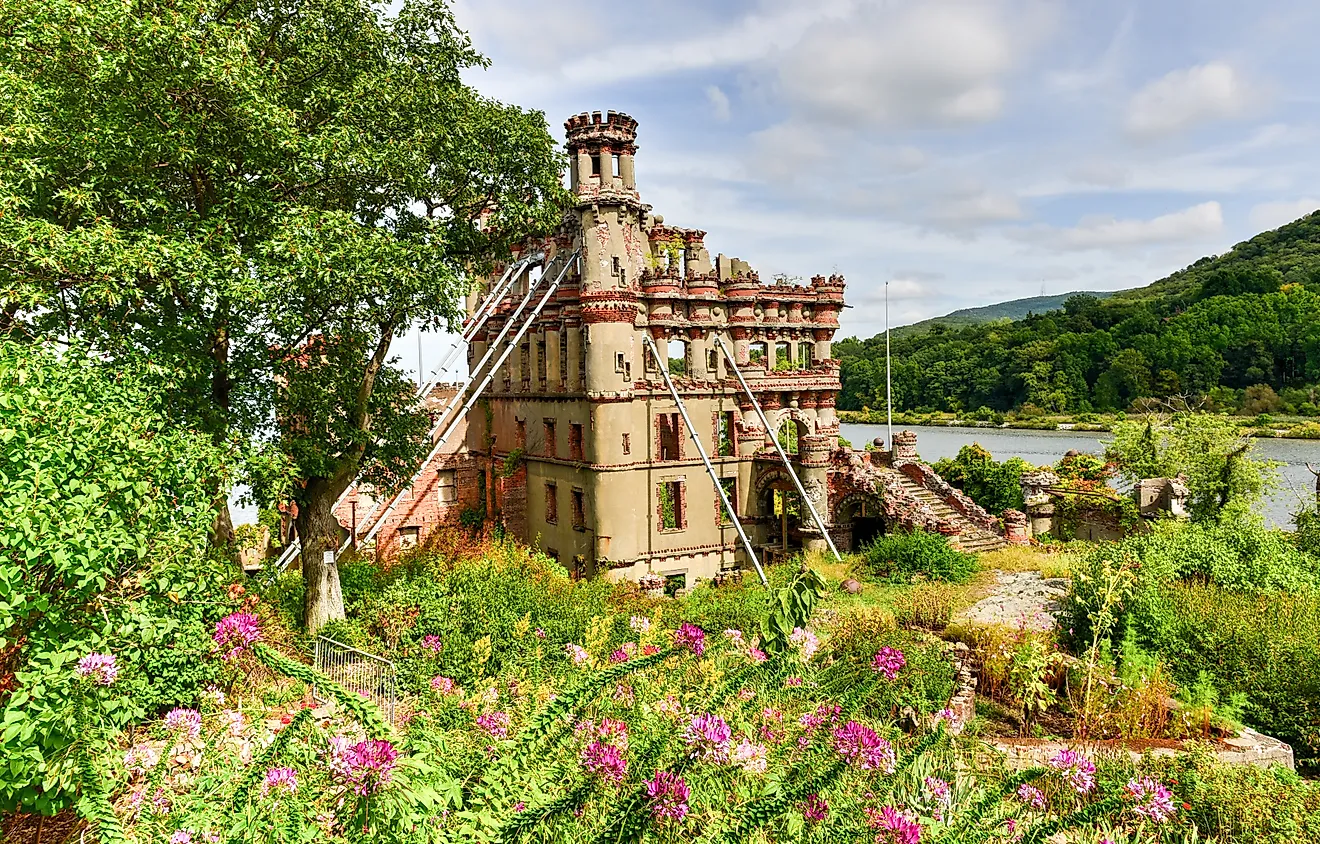
Edisto Island
Edisto Island is one of the Sea Islands situated in the US State of South Carolina, approximately 68km to the southwest of the city of Charleston. The major portion of Edisto Island forms a part of the state’s Charleston County, while the island’s southern edge is situated in Colleton County. Edisto Island is well-known for its scenic natural beauty, pristine waters, beautiful beaches, etc. Located in South Carolina’s Colleton County is the town of Edisto Beach. It is Edisto Island’s only developed coastal area. The major part of the island that forms a part of Charleston County is unincorporated land.
Geography

Located at an elevation of 3m, Edisto Island covers a total area of 175.5 sq. km. The island, the town of Edisto Beach, and the Edisto River have been named after the indigenous Edisto people who lived on the island and in the adjacent mainland areas. Also situated on Edisto Island is the Edisto Island State Park, one of South Carolina’s four oceanfront State Parks. This Park remains open for the day visitors and hosts an education center, hiking and biking trails, a ranger station, a playground, and washrooms. Several cabins/villas are also located here, which are well equipped with all modern facilities. In addition to this, there are about 111 RV sites and five tent sites. These unique beachfront campsites are furnished with a fire pit, electricity, water supply, and a grill with a picnic table. Besides, many independently owned restaurants on the island also serve local seafood delicacies. A supermarket is located across the street, and “Food Lion” is the only grocery store that is located close to the beach. As per the 2000 census, Edisto Island is inhabited by 2,301 inhabitants.
Brief History

It is believed that many indigenous people maintained seasonal fishing camps on Edisto Island. The ancient Edisto people also inhabited the island as well as the adjacent mainland area. In the 1500s, several attempts were made by the Spanish and the French authorities to settle in the area. However, all their attempts to settle on the island failed. During this period, the initial tracts of land referred to as “plantations” were given to Edisto Island. In the late 1600s and the beginning of 1700s, the English people became the first Europeans to settle on Edisto Island successfully. The area was then used to plant rice which eventually turned out to be one of the island’s most successful crops. For the major part of the 1700s, Edisto Island joined the rest of South Carolina to export rice to the Caribbean and European nations. Besides rice, the landowners also harvested timber, deerskins and started indigo plantations. They also started keeping free-ranging cattle to supply salt beef for the Caribbean plantations and hides for the Europeans. After a few years, the planters then decided to grow long-staple Sea Island cotton, and gradually due to the massive success of these Sea Island cotton plantations, the planters became quite wealthy. The numerous enslaved African-Americans provided labor in these plantations.
However, during the American Civil War in November 1861, the planters abandoned Edisto Island in large numbers. In December 1861, the escaped African-American slaves started to establish large refugee camps on the island. The Edisto Island also served as the site for many minor confrontations between the Union and the Confederate forces. Moreover, a raging hurricane destroyed the historic town of Edingsville Beach, and the infestation by boll weevil insects gradually removed the entire variety of Sea Island Cotton. After the Revolutionary War ended, several colonies of freed African-American slaves started to live on the island, and from 1865 to 1877, the Edisto Island was administered by the agents of the Freedmen’s Bureau. From the 20th century onwards, Edisto Island has been redeveloped for tourism activities and currently serves as a popular tourist destination.











